Christmas is a wonderful time of year. Cold weather, candle lights, buying presents, short days, and of course all the different things that are baked during Christmas time. In Denmark, we have a variety of different things that are classically Danish, like pebernødder, brunkager, jødekager, klejner, finskbrød, and my personal favorite: honningkagehjerter. That literally means “honey cake hearts”. This is my recipe for fermented Danish gingerbread hearts.
These gingerbread hearts are fermented. It helps develop that very special taste that, if not done this way, will be missing. The fermentation time can vary from one month up to several months. If you’re in a pinch, give them as long as you can, but I wouldn’t recommend anything less than one week.
While it’s fermented, it’s not the same as sourdough, and it does not rely on captured yeast to leaven the cake.
If you are just here for the recipe, you can press the button underneath to be automagically transported to the recipe:
Jump to Recipe Jump to VideoWhat is gingerbread?
Gingerbread can be a variety of different types of baked goods. All the way from soft, moist cakes to super-crisp cookies.
They are commonly spiced with cloves. ginger, cinnamon or nutmeg and are sweetened with sugar, honey, or molasses.

There are many different versions of gingerbread in most European countries. The British have gingerbread men. The Norwegians, the Dutch, and the Swedes have pepper cakes (pepperkaker, pepparkakor and peperkoek). In Jewish cuisine, they have the honey cake, and in Switzerland, they have biber which is a gingerbread cake with marzipan in the middle.
These hearts that I am describing here today are a very close cousin to the German lebkuchen, and although they make soft gingerbread in Germany, the German gingerbread hearts that are often sold at Oktoberfest are a hard and crunchy kind.
Danish varieties of gingerbread
In Denmark, we have more than one gingerbread type of baked good. Our brunkage, which is a classic Danish Christmas cookie, is a type of gingerbread cookie.
We also have a common cake called krydderkage meaning “spiced cake” which uses many of the same spices and have similar a taste profile.
Honey is a key ingredient in this gingerbread hearts recipe
Part of the specific taste of the Danish gingerbread hearts is honey. It brings a complex sweetness to the cake that works in tandem with the warm spices that are used to flavor the hearts.
You can use both fluid and a crystallized kind of honey. The crystallized kind is very common here in Denmark.
If using crystallized honey, just gently heat the honey until it’s fluid before making the preferment.
Why the strange chemical leavening in this gingerbread hearts recipe?
This recipe includes two uncommon (outside of Denmark) leavening: one called ammonium carbonate, also known as salt of hartshorn. The other one is called potassium bicarbonate.
Potassium bicarbonate is just the one that has been used historically, and it can be substituted one to one with baking soda.
The salt of hartshorn is key in getting this right texture though. If you want to make these cakes, you will need to get this leavening.
Conclusion of this gingerbread hearts recipe
These gingerbread hearts are wonderful. Soft, spicy, ultra Christmassy. The chocolate has a wonderful contrast in its bitterness compared to the intense sweetness from the baked heart.
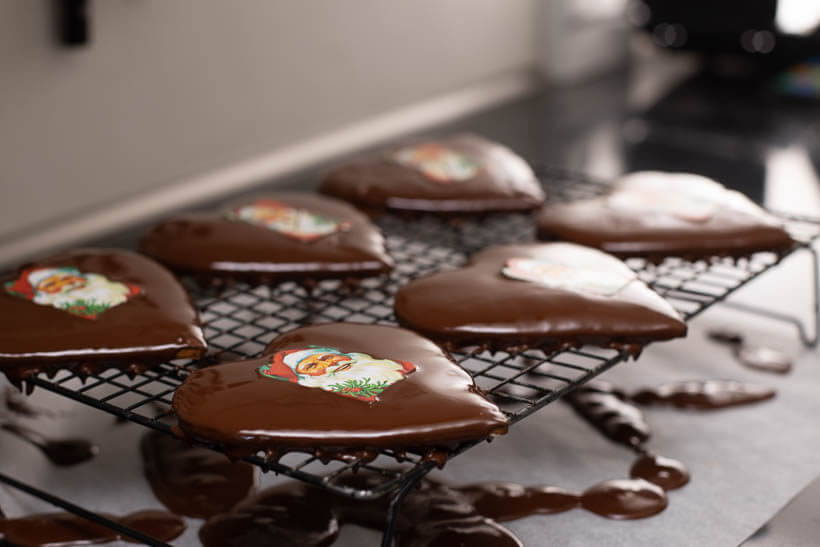
These hearts are a delight and the best part is that they stay good for all of the Christmas month in the fridge. Whenever you want to serve them you can just cover them in chocolate and they are good to go.
Please share this gingerbread hearts recipe on social media
This is my recipe for fermented Danish gingerbread hearts. I hope you will try to make them, because they are delicious, soft, spicy, and, for me, the essence of Christmas baked goods.
If you make these and post them on Instagram, please tag me as @foodgeek.dk so I can see what you made. That would make me very happy.
Ad links! Links for equipment and ingredients in this recipe are affiliate links, which means I will get a commission if you purchase the product!
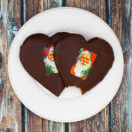
Fermented Gingerbread Hearts
Ingredients
Preferment (make a month in advance)
- 500 g honey
- 250 g all-purpose flour
Dough
- 250 g all-purpose flour
- 2 egg yolk
- 10 g ammonium bicarbonate
- 10 g potassium carbonate
- 5 g ground cinnamon
- 5 g ground ginger
- 5 g ground cloves
Chocolate coating
- 300 g chocolate
Instructions
Preferment
- You need to make the preferment at least a month before you want to make the hearts.
- In a bowl, combine honey and all-purpose flour until homogenous.
- Put it in a sealable container somewhere dark and cool for a month and up to three months.
Make the dough
- Heat the oven to 180°C/350°F/Gas mark 4. If your oven has convection, you should turn it off. If you cannot turn, set the heat to 160°C/320°F/Gas mark 3.
- Put the egg yolks in a small bowl and mix the ammonium carbonate into the eggs.
- Mix the potassium bicarbonate into two tablespoons of water.
- Add the egg mixture, the mixed water, cinnamon, cloves, ginger, and extra all-purpose flour to the preferment.
- Knead the dough well. You can do it by hand or by machine. It takes from 5-7 minutes.
Bake the hearts
- Flour your kitchen counter liberally and roll out the dough to a thickness of about 4 mm, about 1/8th of an inch.
- Cut the hearts and put them on a cookie sheet covered in parchment paper. Re-roll the dough and cut out more hearts. Continue until you have no dough left. This dough will make 20 hearts with the cookie cutter I am linking. That's about 3 cookie sheets worth.
- If there's any leftover flour on the hearts, remove it using a pastry brush.
- Bake them for 8 to 10 minutes until there is no mark when you press your finger lightly into the heart. Leave them to cool on a wire rack.
- The cookies will be rock hard right after baking. Put them in a container, and cover them with a wet (but not dripping) dishtowel; put them in the fridge for 3 to 4 days.
Cover with chocolate
- Temper the chocolate and over the soft gingerbread hearts. Leave the chocolate to set, and they are ready to be eaten.



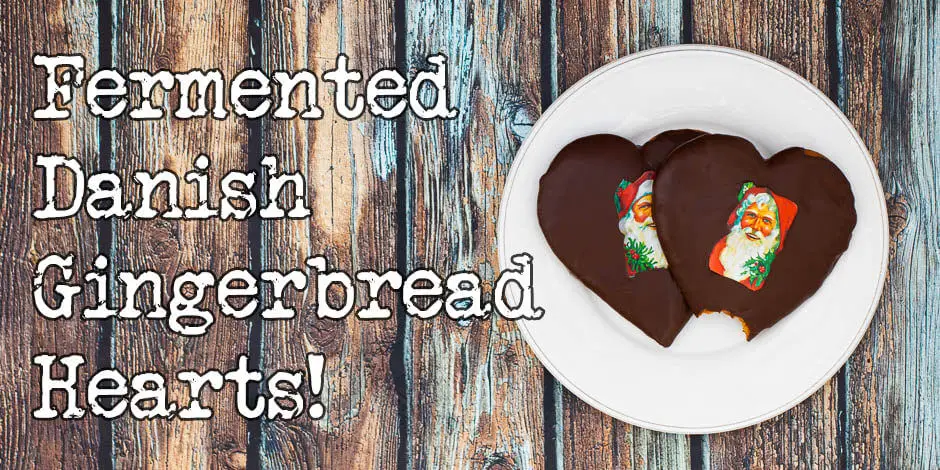


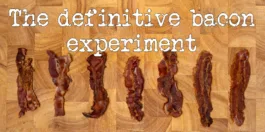
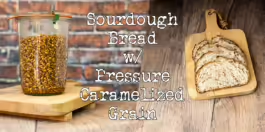
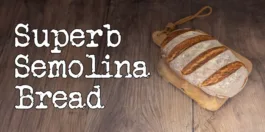
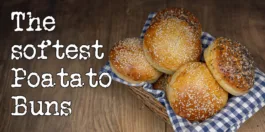

Well I started the process 03/11/19 and made the cookies today. Didn’t have a lovely heart shape cutter, but made 59 cookies and will cover in chocolate in a few days. Thanks so much for the recipe. I had to try one and it was a gorgeous flavour! The Hjorthornssalt was a strange smell to me while rolling the dough, but can’t taste in the cookies.
Yes, I saw your picture on facebook. Looks wonderful 😀
The hjortetakssalt smells like ammonia, but it disappears during baking 🙂
These are very interesting! What is it that you used for the Santa? I couldn’t quite hear in the video what it is…Is it similar to a transfer sheet? I am wondering what I could use here in Canada to decorate. Thank you. I might make mine for Valentine’s Day even though they are a Christmas cookie. 🙂
They are called Victorian Scraps. In Denmark we call them glansbilleder which literally means glossy pictures.
The ones I use are food safe. I wasn’t able to find them anywhere but in Danish web shops.
Have a look here for other designs: https://www.etsy.com/market/victorian_scraps
Seems there’s a typo in either the ingredients or the instructions as one says ammonium bicarbonate and the other says carbonate. Same for potassium.